
Cyberbullying Among Asian American Youth Before and During the COVID-19 Pandemic
PURPOSE Early in the COVID-19 pandemic, there was a concern that cyberbullying incidents would increase as youth were spending more time online. Additionally, reports emerged that Asian American citizens were being disproportionately targeted due to the purported origination of the disease. The current study explores whether cyberbullying incidents increased among adolescents overall—and Asian American youth […]
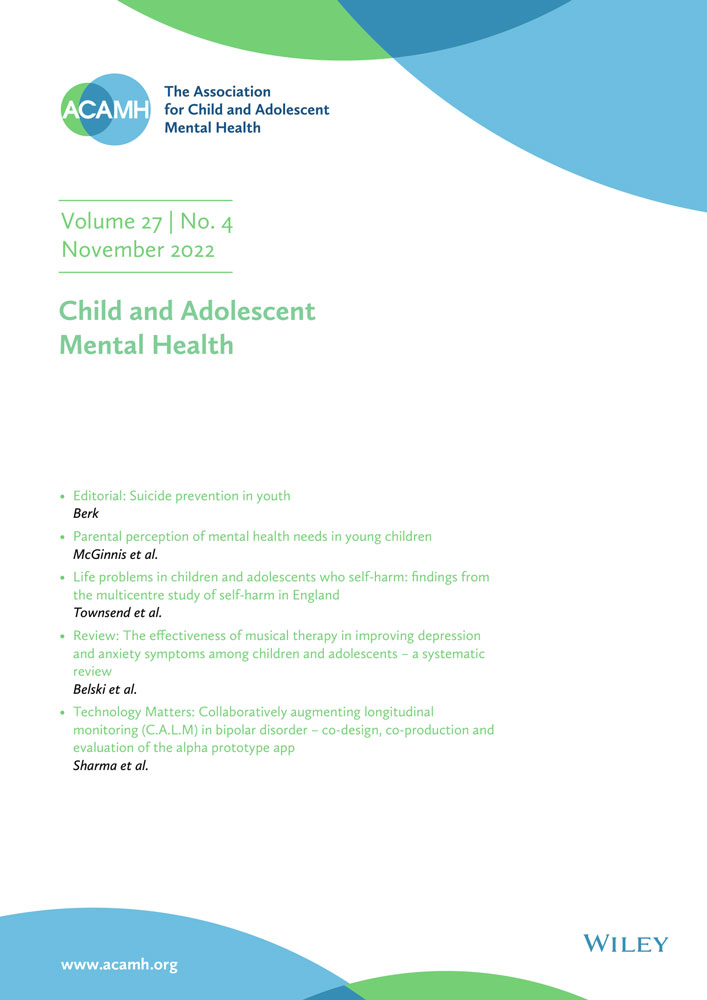
Digital Self-Harm and Suicidality Among Adolescents
Background Research on digital self-harm – the anonymous online posting, sending, or otherwise sharing of hurtful content about oneself – is still in its infancy. Yet unexplored is whether digital self-harm is related to suicidal ideation or suicide attempts. Methods In the current study, survey data were collected in 2019 from a national sample of […]
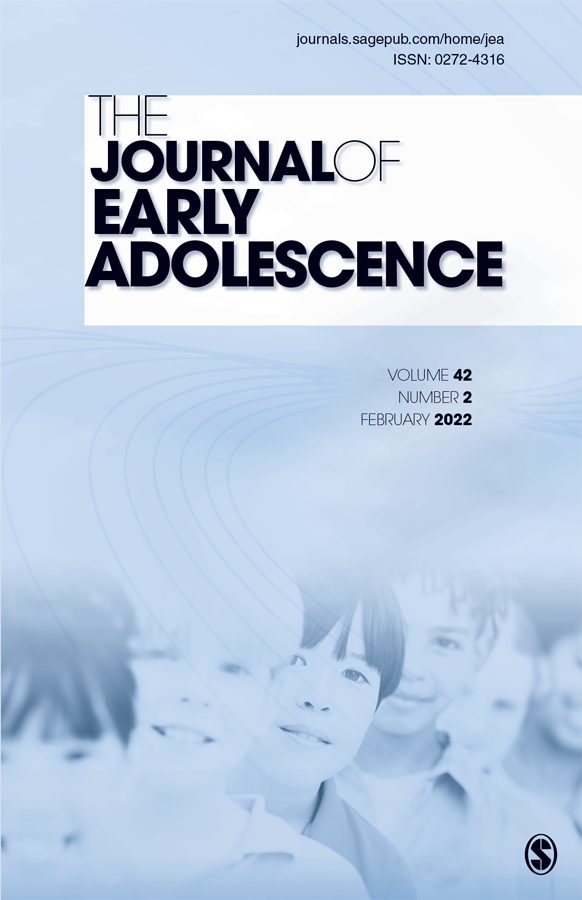
Bias-Based Cyberbullying Among Early Adolescents: The Role of Cognitive and Affective Empathy
Bias-based cyberbullying involves repeated hurtful actions online that devalue or harass one’s peers specific to an identity-based characteristic. Cyberbullying in general has received increased scholarly scrutiny over the last decade, but the subtype of bias-based cyberbullying has been much less frequently investigated, with no known previous studies involving youth across the United States. The current […]
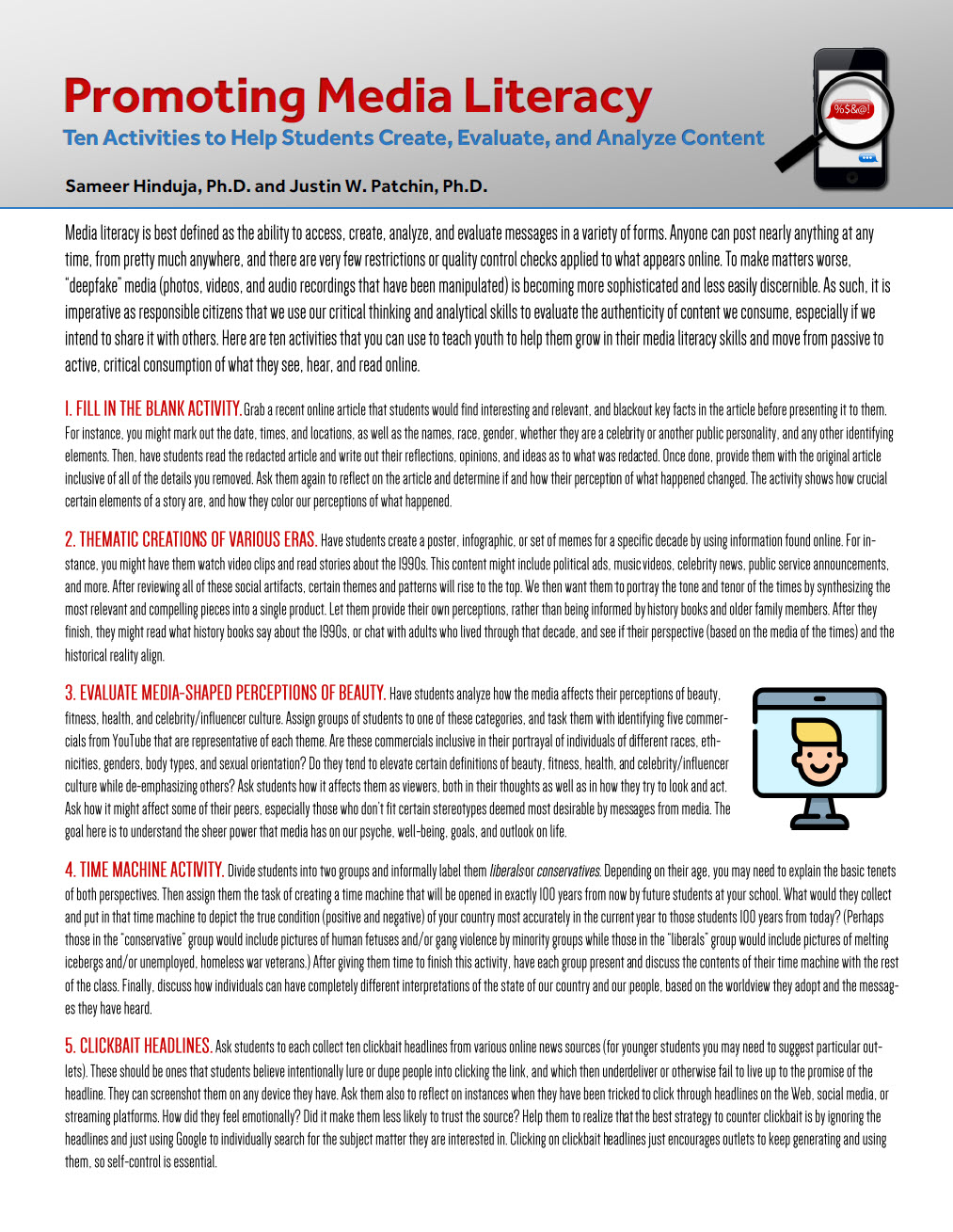
Promoting Media Literacy: Ten Activities to Help Students Create, Evaluate, and Analyze Content
(For a formatted .pdf version of this article for distribution, click on the image above [or click here]). Media literacy is best defined as the ability to access, create, analyze, and evaluate messages in a variety of forms. Anyone can post nearly anything at any time, from pretty much anywhere, and there are very few […]

How Media Literacy Can Prevent Online Harm
Youth are accessing a remarkable number of mediums (often at the same time!), and are constantly exposed to a wide and deep array of content. This spans the gamut from texts and notifications, to TikTok videos and Snap(chat) stories, to Twitter Spaces and Discord chats. This tidal wave of content is not going to ebb. […]
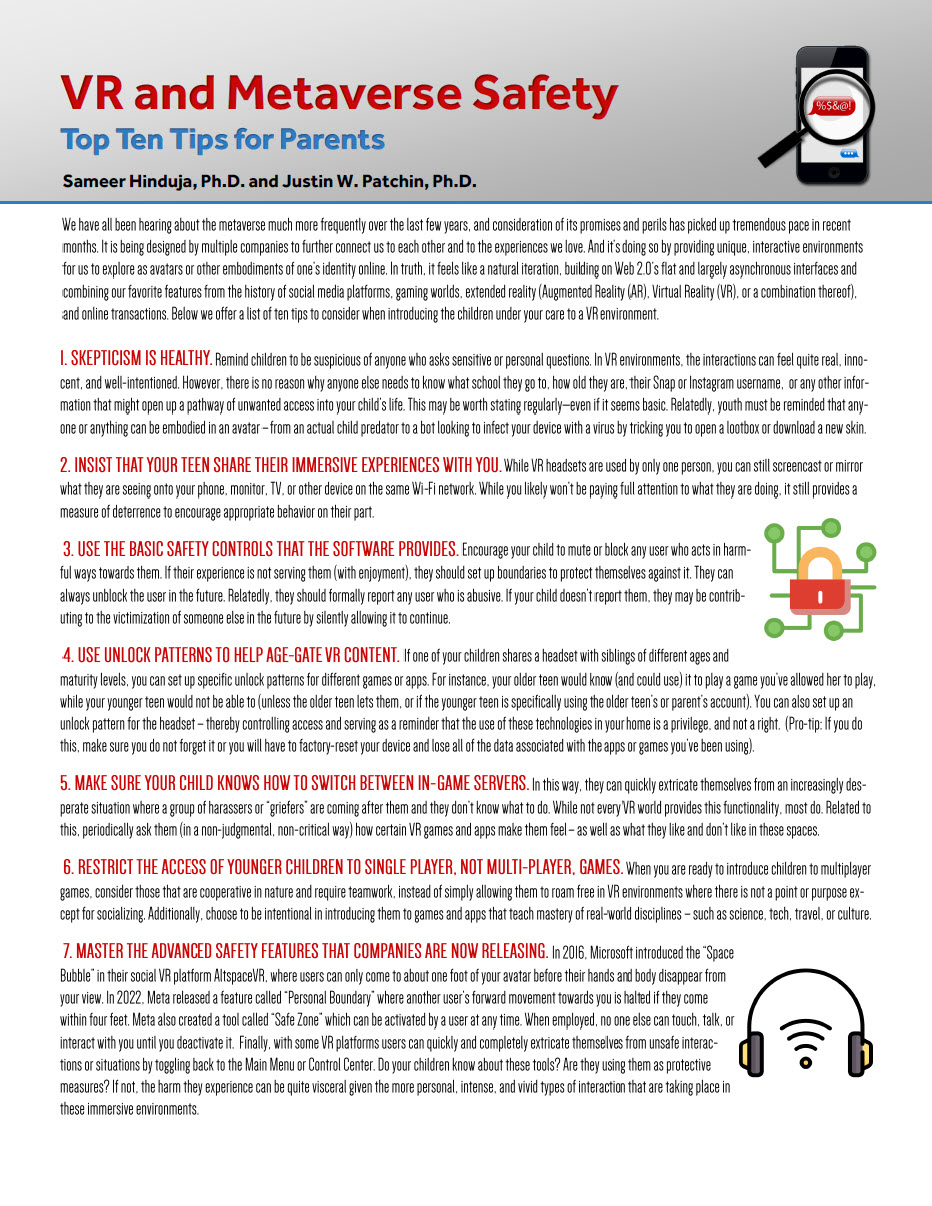
VR and Metaverse Safety: Top Ten Tips for Parents
(For a formatted .pdf version of this article for distribution, click on the image above [or click here]). We have all been hearing about the metaverse much more frequently over the last few years, and consideration of its promises and perils has picked up tremendous pace in recent months. It is being designed by multiple […]

Cyberbullying Among Asian American Youth Before and During the COVID-19 Pandemic
Last year I posted preliminary results of our inquiry into whether cyberbullying had increased during the COVID-19 pandemic. We found that it had in fact increased, though not to the extent that some had predicted. Today I can share that additional findings from this research have just been published in the Journal of School Health. […]
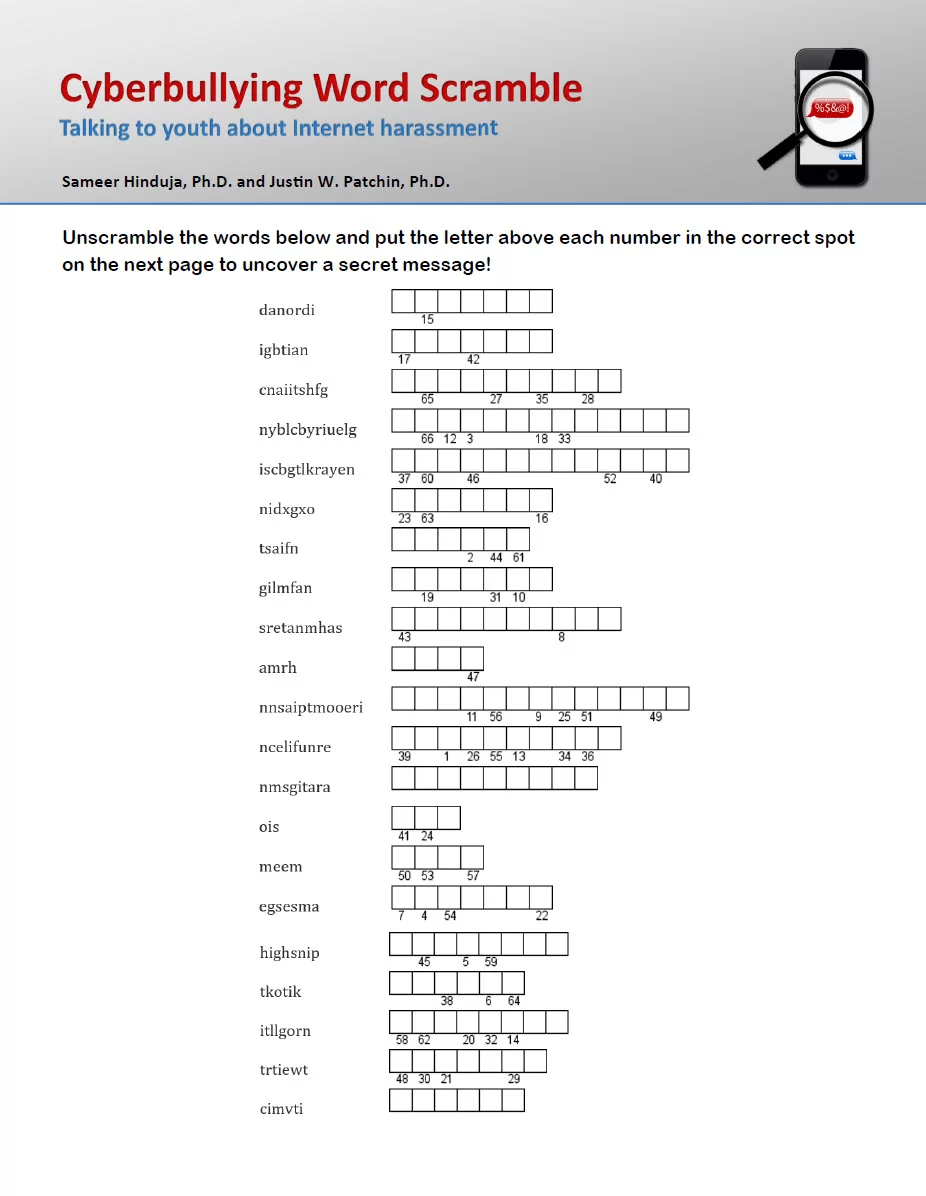
Cyberbullying Activity: Word Scramble
Use this Word Scramble activity to introduce students to important concepts related to cyberbullying and Internet safety. Patchin, J. W. & Hinduja, S. (2022). Cyberbullying Activity: Word Scramble. Cyberbullying Research Center. Download PDF

Model Sexting Law
In my last post, I discussed what I learned in reviewing all of the state sexting laws across the U.S. Some states have comprehensive sexting laws while many others—23 to be exact—have no sexting specific law whatsoever. As noted in my post, this is problematic for a number of reasons, including the risk that minors […]

The Status of Sexting Laws Across the United States
As of July 1, 2022, 23 states in the U.S. do not have laws specific to teen sexting. Our research shows that approximately 14% of middle and high school students have sent explicit images to others, while about 23% have received similar images from others. Likewise, a 2022 meta-analysis of 28 studies published between 2016 […]

